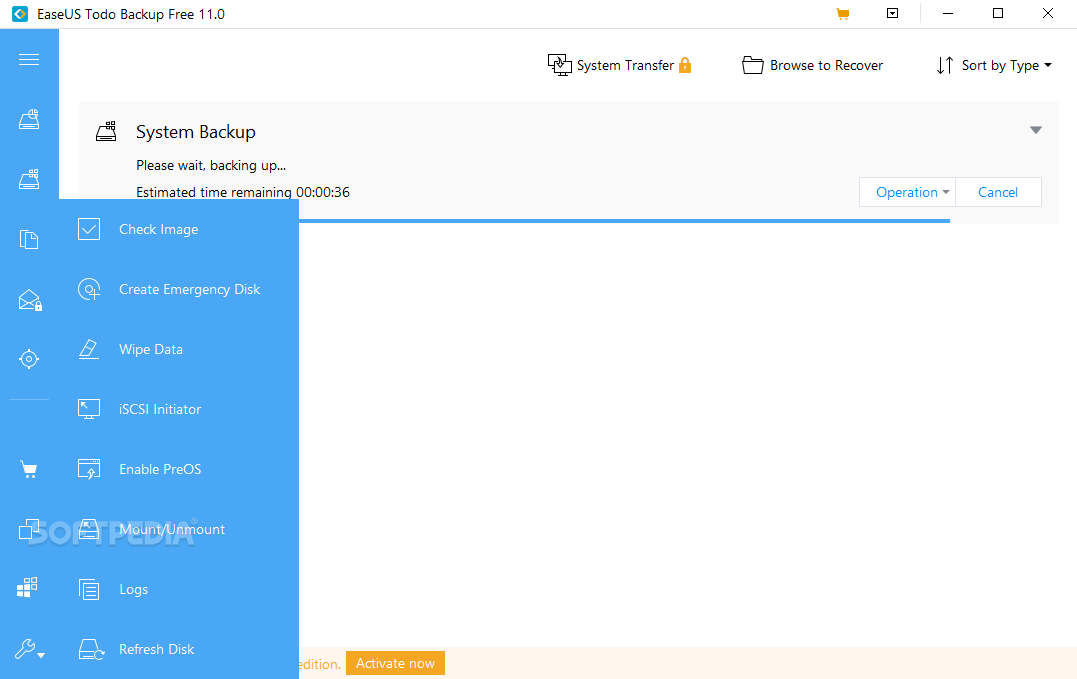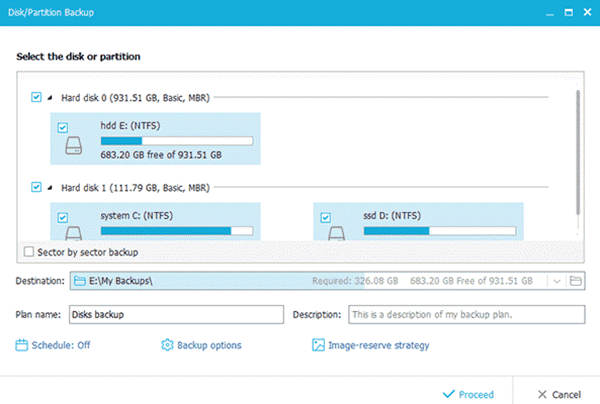

The main drawback of Windows File History is the limitations on the cloud storage that come with the free version - by default, Windows users are only entitled to 5GB of OneDrive space. To activate File History, users need only navigate to their system settings, then ‘update and security’ and finally ‘backup.’ Here, a drive can be designated for backups, along with the folders that the user desires to be backed up, and the frequency with which backups should be performed. Sometimes, the simplest option is the best, and Windows File History offers users capable backup options without the need for any third-party software. Backups can be saved using the popular ZIP or ISO format as well as Comodo's CBU proprietary format. Backups can be saved to a local drive, optical media like a CD/DVD/BD disc, network folder, external drive, FTP server, or sent to someone over email. Perform backup jobs on data without interruption while the database is actively online and in operation.It supports full backup, differential backup, incremental backup, as well as synchronised backup.Especially useful for bare metal recovery. Remotely boot one machine via network to back up or restore data on it.


EaseUS Todo Backup Technician protects crucial business data across multiple systems.Features EaseUS Todo Backup 13.5.0 All Editions


 0 kommentar(er)
0 kommentar(er)
